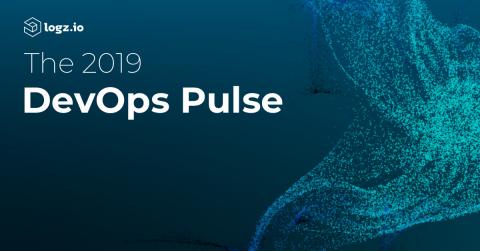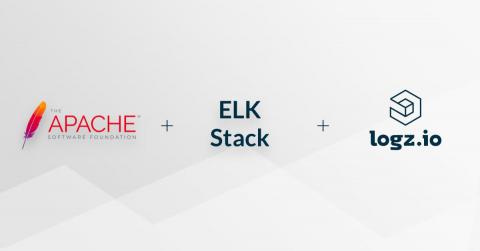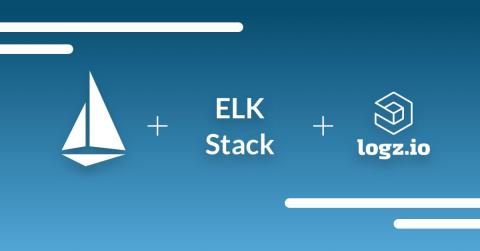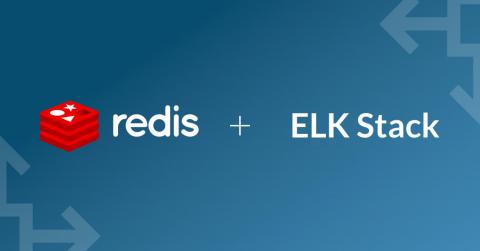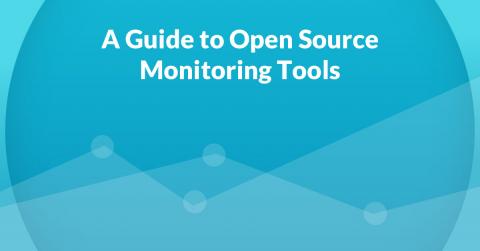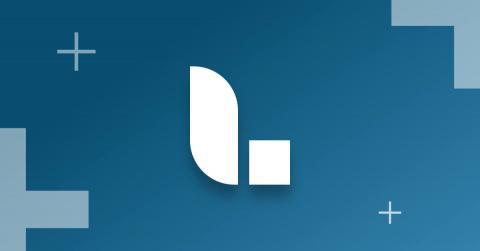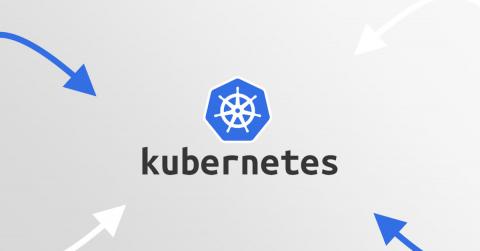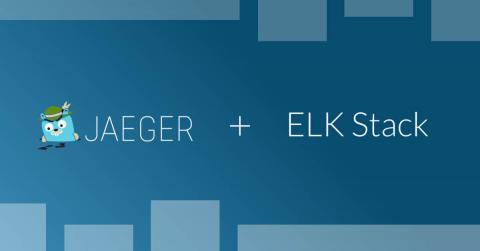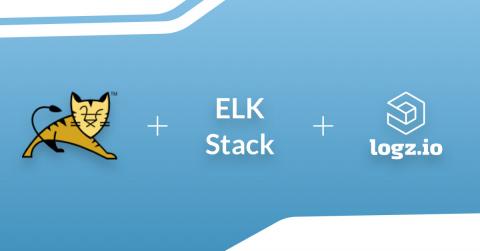Seeing is Believing: Announcing the DevOps Pulse 2019 with a Focus on Observability
In the world of Software Engineering, observability seems to be the talk of the town. We discuss it at conferences, read about it in blogs or articles, and see it promised to us by vendor after vendor. But what is observability? What issues have recently evolved to make it such an integral concept? What strategies are engineers employing to ensure observability? And most importantly of all, why are engineers looking to achieve it?


